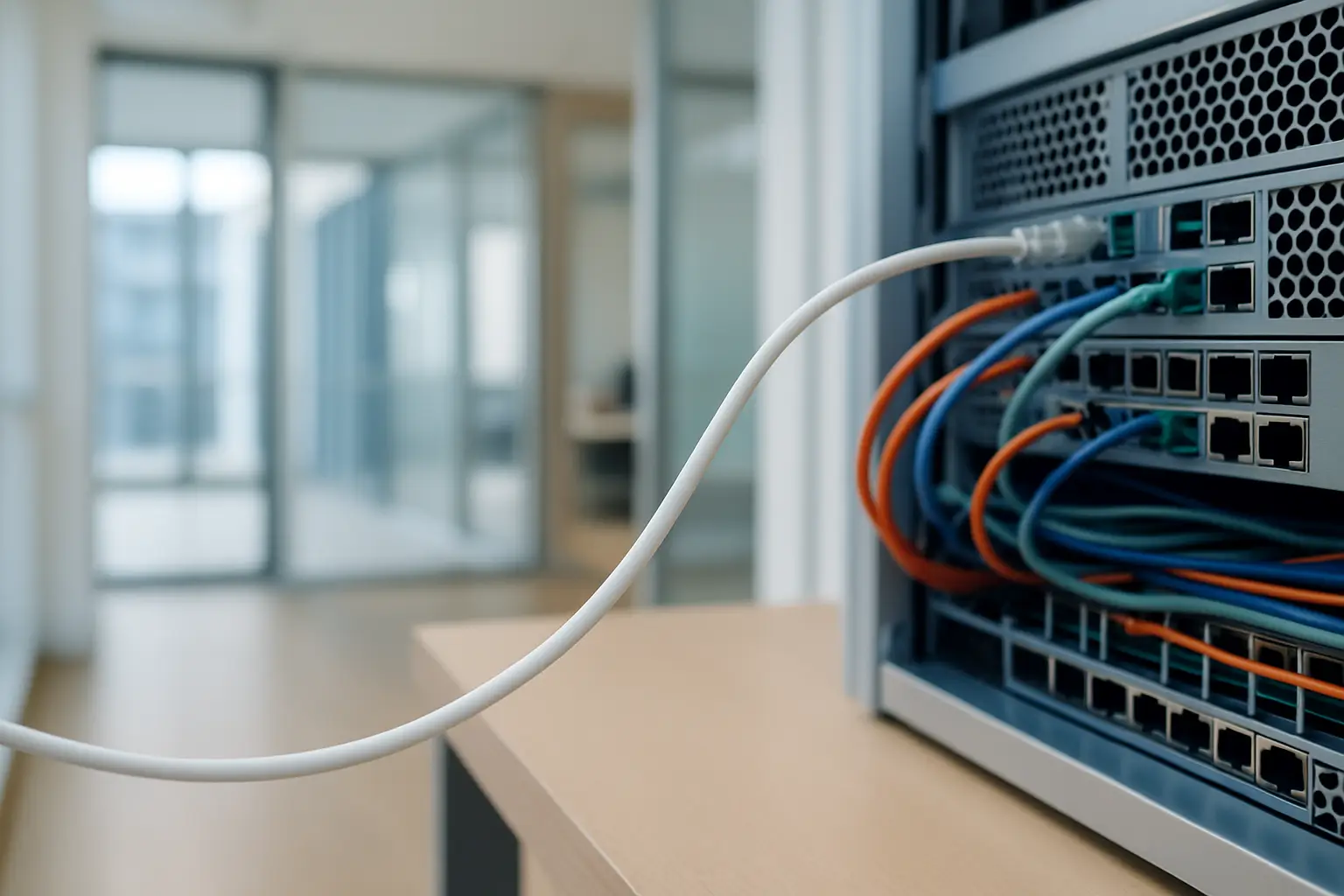The benefits of headless CMS become clear when you think about how we consume content today. People don’t just browse websites anymore—they use mobile apps, scroll smart TVs, wear fitness wearables, and even glance at digital signs in stores. All of these places need the same content, updated quickly and consistently.
This is where many teams hit a wall. Marketing managers watch competitors launch campaigns everywhere at once while they’re stuck wrestling with clunky templates. CTOs lose time fixing security issues from plugin overload. Product owners get frustrated as project timelines slip because their CMS can’t adapt fast enough.
Headless CMS advantages solve these challenges. By separating content storage from design, businesses gain flexibility, speed, and reach. In this guide, we’ll break down what a headless CMS is, how it compares to traditional systems, the 10 biggest benefits, when it makes sense to switch, and a step-by-step plan for getting started.
Whether you’re just exploring or already planning a change, this article will give you a clear view of whether headless CMS is the right fit for your business.
What Is a Headless CMS?
A headless CMS stores your content in the back end (the “body”) and delivers it via APIs so any front end (the “head”) can display it. Think of it like publishing a novel. Once it’s written, it can be released as a printed book, eBook, audiobook, or social media snippet—without rewriting it for each channel.
This is the foundation of headless CMS advantages. Marketers and writers focus on content inside a simple dashboard, while developers use APIs to send that content to websites, apps, kiosks, or any connected device.
By contrast, traditional CMS platforms tie content directly to templates, making it harder to reuse and slower to adapt to new technologies. For a simple walkthrough, see Cosmic CMS.
Traditional vs. Headless CMS: Quick Comparison
Here’s a side-by-side look at the differences:
| Aspect | Traditional CMS | Headless CMS |
|---|---|---|
| Content Storage | Page-based, tied to HTML | Structured data, reusable blocks |
| Presentation | Fixed themes, web-only | Any device, any framework |
| Scalability | Frontend and backend scale together | Scale each independently |
| Security | Large attack surface, plugin risks | Smaller attack surface, API-only |
| Developer Freedom | Locked to platform’s languages | Use any language or framework |
Source: GeeksforGeeks
The 10 Core Benefits of Headless CMS
Here’s why more businesses are making the switch:
1. Omnichannel Content Delivery
Create once, publish everywhere. For example, a hotel can update today’s breakfast menu across its app, lobby kiosks, and in-room TVs instantly—no duplication needed. Bluehost Blog
2. Developer Freedom
Developers aren’t stuck with one system. They can use React, Vue, Next.js, or any modern framework—whatever fits best. Webstacks Blog
3. Faster Performance
APIs deliver lightweight data for faster load times. Think Netflix: when they add a new show, it appears on your phone, TV, and tablet almost instantly. For more speed tips, see this guide.
4. Scalability
Expand globally without slowing down. CDNs and APIs ensure performance stays strong, even as you grow. Sanity.io
5. Stronger Security
Because the CMS isn’t directly tied to your website, there’s less room for attack. APIs keep things safer and easier to monitor.
6. Future-Proof Flexibility
Switching to a new frontend or upgrading your site doesn’t mean starting over. Your content remains reusable no matter the platform.
7. Independent Workflows
Marketing teams and developers can work in parallel. Marketers publish campaigns, while developers build features—without blocking each other.
8. Faster Launches
Need a microsite for a new product? With headless, you can launch in hours, not weeks.
9. Personalization & Composability
Want smarter experiences? Plug in specialized tools like analytics or eCommerce platforms without being locked into a bulky CMS.
10. Lower Maintenance Costs
No more endless plugin updates or patching. Smaller, independent systems reduce technical debt and save money over time.
When Does Going Headless Make Sense?
A headless CMS is a strong fit if you:
- Manage content across 3+ channels (web, app, IoT)
- Use modern frameworks (SPAs like Gmail, PWAs like Twitter Lite)
- Run kiosks, IoT, or in-store displays
- Operate global or multilingual sites
- Feel stuck with a rigid, legacy CMS
Sources: Progress.com, Contensis.com
Potential Drawbacks (and How to Handle Them)
No system is perfect. Headless CMS can feel more complex at first, relies on developers for setup, makes previews trickier, and may involve higher upfront costs. But these can be managed by starting with a small proof-of-concept, choosing hybrid platforms, and using providers with strong documentation and staging tools.
How to Get Started
What to look for: reliable APIs, an editor-friendly dashboard, integrations with your tools, fair pricing, and an active support community.
Your roadmap:
- Phase 1: Audit your content and where it’s published
- Phase 2: Run a 4–6 week pilot project on one key channel
- Phase 3: Roll it out gradually while tracking KPIs like load times, publishing speed, and developer productivity
Conclusion
A headless CMS offers agility, scalability, and security that traditional platforms struggle to match. The benefits of headless CMS make it the smart choice for businesses that want to stay ahead of digital change. The real question is: will you lead the way, or wait until you’re forced to catch up?
Book a quick intro call if you’d like to explore how headless could work for your business. We’ll help you cut through the tech talk and show you practical next steps. Online Now!—your shortcut to software, design, automation, and SEO.
